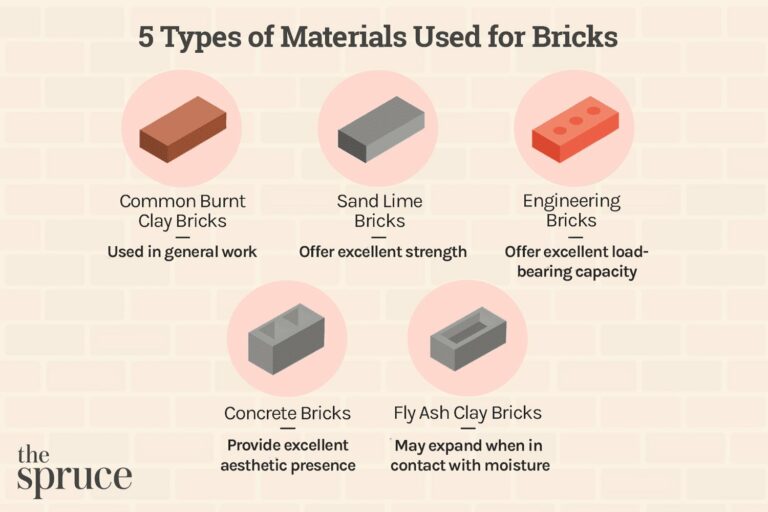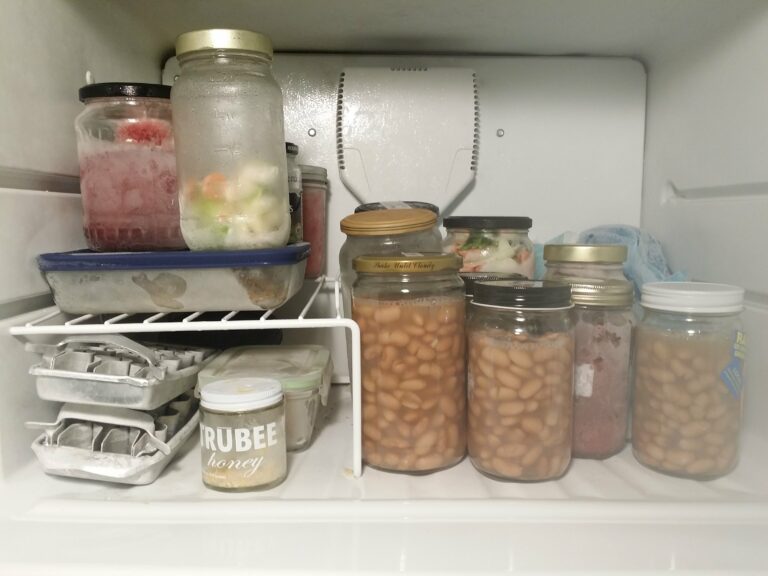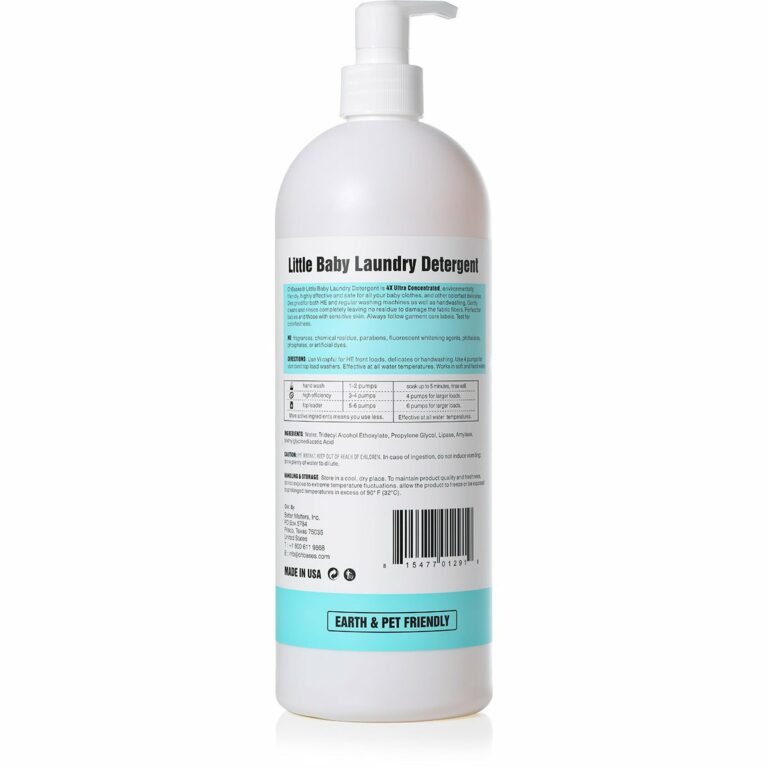How to Make Eco-Friendly Products: A Simple Guide
Looking to reduce your carbon footprint and make a positive impact on the environment? Wondering how to make eco-friendly products? You’ve come to the right place! In this article, we’ll share simple and practical tips on crafting your own environmentally friendly products at home. From natural cleaning solutions to eco-conscious beauty products, we’ll guide you through the process step by step. Join us as we delve into the world of sustainability and learn how to make eco-friendly products that are both kind to the planet and to your wallet. Let’s get started!
How to Make Eco-Friendly Products:
Creating eco-friendly products is an essential step in protecting the environment and promoting sustainable living. By making conscious choices in the materials, manufacturing processes, and packaging of our products, we can significantly reduce our ecological footprint. This article will guide you through various ways to make eco-friendly products, from choosing sustainable materials to adopting green manufacturing practices. Let’s dive in!
Sustainable Materials:
Using sustainable materials is the foundation for creating eco-friendly products. Here are some environmentally friendly options to consider:
Organic and Natural Materials
– Opt for organic cotton, hemp, bamboo, or linen instead of conventional materials that rely on harmful pesticides and chemicals.
– Use natural dyes and pigments derived from plants or minerals instead of synthetic alternatives.
Recycled and Upcycled Materials
– Incorporate recycled materials such as recycled plastic, glass, or reclaimed wood into your product design.
– Explore opportunities to repurpose and upcycle existing materials or products into new, innovative items.
Biodegradable and Compostable Materials
– Choose biodegradable materials that can break down naturally over time, reducing waste and pollution.
– Consider compostable materials that can return to the earth and enrich the soil without leaving behind harmful residues.
Green Manufacturing Processes:
Apart from using sustainable materials, adopting green manufacturing practices is crucial for eco-friendly product creation. Here are some steps to follow:
Energy Efficiency
– Optimize energy use by using energy-efficient machinery and equipment.
– Implement energy management systems to monitor and reduce energy consumption during production processes.
Waste Reduction and Recycling
– Minimize waste generation by implementing lean manufacturing principles.
– Establish recycling programs to efficiently manage and recycle waste materials.
Water Conservation
– Implement water-saving measures such as reusing and recycling water within manufacturing processes.
– Install water-efficient fixtures and equipment to reduce water consumption.
Supply Chain Optimization
– Collaborate with suppliers who follow sustainable practices and provide eco-friendly materials.
– Streamline transportation and logistics to minimize carbon emissions and environmental impact.
Packaging Considerations
Packaging plays a significant role in the overall sustainability of a product. Here are some eco-friendly packaging options to consider:
Minimal and Recyclable Packaging
– Design packaging that uses the minimum amount of materials necessary, reducing waste.
– Use recyclable materials such as cardboard, paper, or bioplastics for packaging.
Biodegradable and Compostable Packaging
– Explore biodegradable packaging options that can break down naturally without harming the environment.
– Consider compostable packaging materials that can be safely returned to the soil.
Innovative and Sustainable Packaging
– Research and invest in innovative packaging solutions like mushroom-based packaging or edible packaging.
– Consider reusable packaging options that customers can return or repurpose.
Consumer Education and Awareness
Educating consumers about the importance of eco-friendly products can create a positive impact. Here’s how you can raise awareness:
Product Labels and Certifications
– Highlight eco-friendly features on product labels, such as organic, recycled, or biodegradable.
– Seek certifications like organic, Fair Trade, or Forest Stewardship Council (FSC) to build consumer trust.
Transparent Supply Chain
– Share information about your supply chain and manufacturing processes to demonstrate transparency and accountability.
– Explain how your products contribute to environmental conservation and sustainable practices.
Consumer Engagement and Education
– Engage with consumers through social media and educational campaigns to promote eco-friendly lifestyles.
– Provide resources and tips for sustainable living, emphasizing the importance of eco-friendly product choices.
Collaboration and Partnerships
Collaborating with like-minded organizations and forming partnerships can amplify your impact. Consider the following:
Sustainable Suppliers and Manufacturers
– Establish partnerships with suppliers and manufacturers who prioritize sustainability and eco-friendly practices.
– Share knowledge and resources to collectively improve sustainable operations.
Non-Profit Organizations and Environmental Groups
– Partner with non-profit organizations and environmental groups to support conservation efforts and create awareness.
– Collaborate on initiatives that align with your brand values and sustainability goals.
Government and Policy Advocacy
– Work with government entities and policy-makers to advocate for regulations that promote sustainable practices and eco-friendly products.
– Participate in discussions and provide expertise to shape environmental policies.
Product Life Cycle Management
Managing the entire life cycle of your product is crucial for its eco-friendliness. Consider the following aspects:
Designing for Durability and Repairability
– Create products that are built to last, reducing the need for frequent replacements.
– Design products with repairable components, extending their lifespan and reducing waste.
Take-Back and Recycling Programs
– Establish take-back programs to collect and recycle products at the end of their life cycle.
– Collaborate with recycling facilities to ensure proper disposal or repurposing of the materials.
Circular Economy Principles
– Embrace circular economy principles by incorporating recycled materials into new products.
– Explore ways to close the loop and ensure the materials used in your products can be easily recycled or upcycled.
Quality and Customer Satisfaction
Creating eco-friendly products should never compromise quality or customer satisfaction. Focus on the following:
Product Performance and Functionality
– Ensure that eco-friendly features do not compromise the performance and functionality of your products.
– Strive for excellence in both sustainability and user experience.
Customer Feedback and Continuous Improvement
– Encourage customer feedback to understand their needs and expectations better.
– Continuously improve your eco-friendly products based on customer input and evolving sustainability practices.
Marketing and Branding
Effectively marketing your eco-friendly products will help attract environmentally conscious consumers. Consider the following strategies:
Authenticity and Transparency
– Be transparent about your sustainability initiatives and avoid greenwashing.
– Share authentic stories and information about your brand’s commitment to eco-friendly practices.
Targeted Marketing and Audience Segmentation
– Identify and target specific consumer segments that value eco-friendly products.
– Tailor your marketing messages and channels to reach these environmentally conscious consumers.
Collaborative Campaigns and Influencer Partnerships
– Collaborate with influencers or environmental advocates who align with your brand values.
– Launch joint campaigns or initiatives to amplify your message and reach a wider audience.
Faqs for How to Make Eco-Friendly Products:
Creating eco-friendly cleaning products at home is easier than you think. Start by mixing equal parts of white vinegar and water to make an all-purpose cleaner. For a natural scrub, combine baking soda and water to form a paste. You can also add essential oils for a pleasant scent. Remember to use reusable containers to store your homemade products.
There are several eco-friendly alternatives to single-use plastic products. Consider using reusable bags instead of plastic ones, stainless steel or glass water bottles instead of disposable plastic ones, and beeswax wraps instead of plastic wrap. Opt for bamboo or metal straws instead of plastic ones, and choose biodegradable or compostable cutlery for takeout meals.
You can make your own organic fertilizer for your garden by composting kitchen scraps, yard waste, and other organic materials. Create a compost pile or use a compost bin to let these materials break down naturally. Turn the pile regularly to aerate it, and in time, you’ll have nutrient-rich compost that can be used to fertilize your garden without harming the environment.
Absolutely! There are several eco-friendly alternatives to chemical-based pesticides. You can try making your own natural pest repellents using ingredients like neem oil, garlic, or peppermint.
Planting certain flowers and herbs, such as marigolds or mint, can also help deter pests. Additionally, introducing beneficial insects like ladybugs or praying mantises can help keep pest populations in check.
Reducing waste in your daily life involves small but impactful changes. Start by using reusable grocery bags, water bottles, and coffee cups. Say no to plastic straws and choose products with minimal packaging.
Composting food scraps and recycling properly are also crucial steps. Opting for digital receipts, repairing items instead of replacing them, and donating unwanted goods can further reduce waste.
Final Thoughts
incorporating eco-friendly practices into product development is crucial for the health of our environment. By considering materials, production processes, and packaging, we can create products that are sustainable and minimize harm to the planet. Using renewable resources, reducing energy consumption, and maximizing recycling and biodegradability are key steps in making eco-friendly products. Additionally, educating consumers about the importance of supporting sustainable businesses and making conscious choices can further promote the adoption of eco-friendly products. Overall, the implementation of eco-friendly practices is essential for a greener future.




